In the heart of the dense forest of West Sumatra, a peculiar parasitic flower blooms as the year draws to a close. At a staggering 44 inches in diameter, Rafflesia tuan-mudae is the largest recorded flower of its kind, also known as the corpse flower due to its pungent odor that fills the air as it blooms. Among the 28 species in the Rafflesia genus, these parasitic flowers are most commonly found in Borneo and Sumatra, and the record-breaking Rafflesia was seen in West Sumatra's Maninjau Nature Reserve.
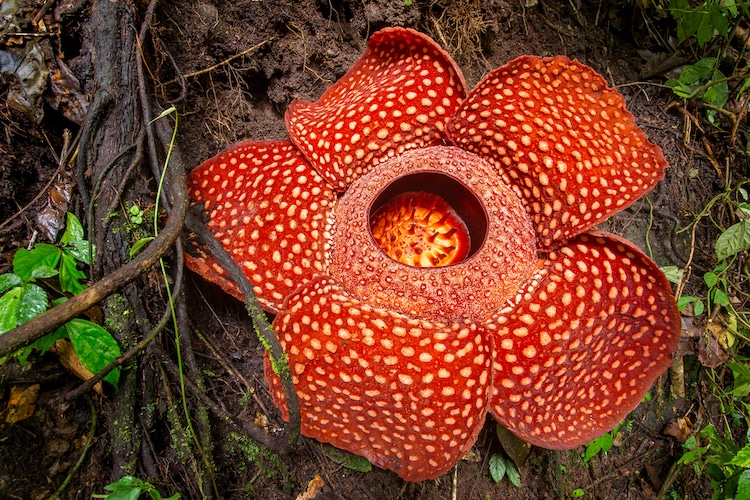
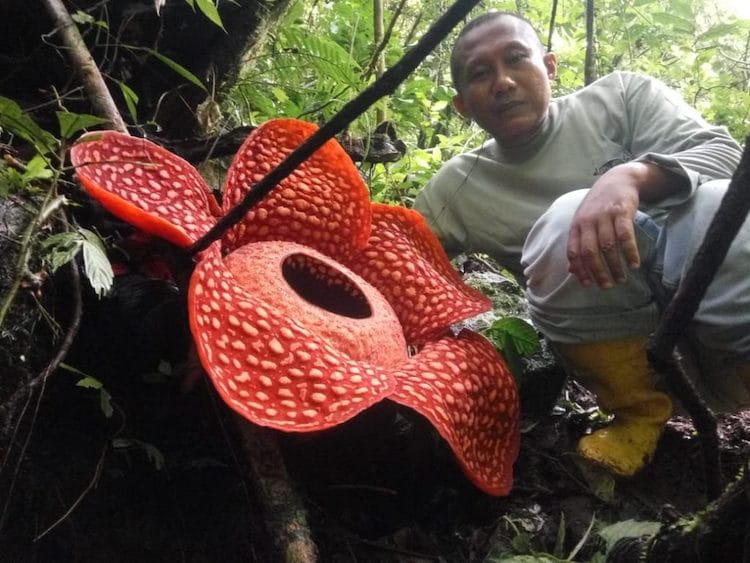
These flowers, devoid of roots or leaves, survive only as parasites that feed on their hosts, typically vines of the genus Tetrastigma. Interestingly, the largest bloom of Rafflesia tuan-mudae also uses the same host as the previous record holder, which measured about 42 inches in diameter in 2017. After embedding in host tissue, Rafflesias absorb water and nutrients to grow and eventually flourish. only when they have accumulated enough energy.

Unlike other Rafflesia species that flower on hanging vines, Rafflesia tuan-mudae is ground-based and announces its presence only when its petals open. "Rafflesias attach to the body of another plant and grow at the expense of that plant," explains biologist Ross Koping. "They cannot flower until they have obtained enough energy from the host, so these plants flower very rarely and must be hunted."
Rafflesia's notorious stench is intended to attract flies, its main pollinators, and is vital to the plant's survival, as it blooms infrequently and the flower lasts only a week before wilting. While the nickname corpse flower is appropriate for Rafflesia, the most common species that share the name are Amorphophallus titanum. These plants, although distantly related, emit a similar scent but are more affordable to grow and only require adequate space in a pot to grow. Despite their awful smell, both flowers are a sight to behold if you ever come across them by chance.
Rafflesia is a parasitic flower found in Southeast Asia that gives off a horrible stench when it blooms.
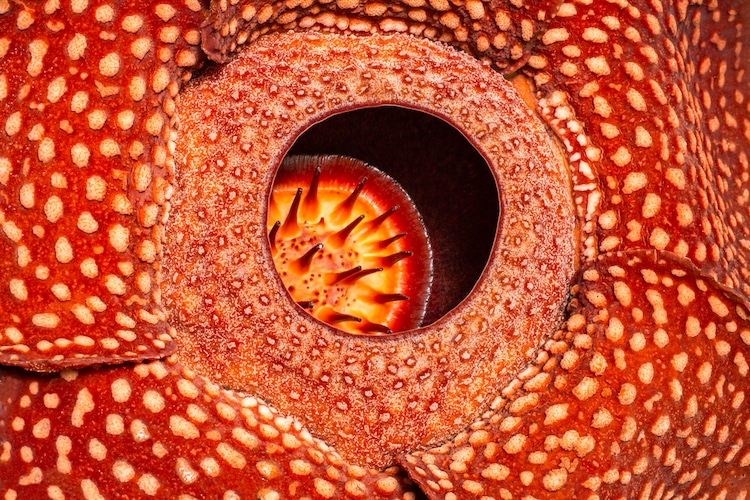
This has earned it the nickname “corpse flower.”
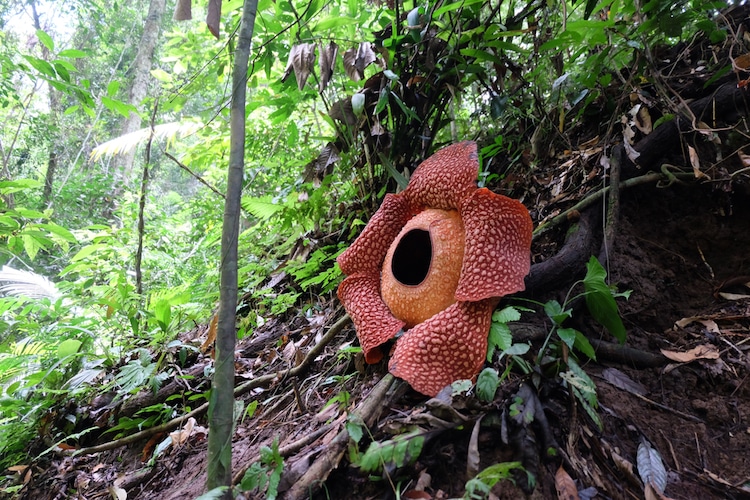
A recent bloom measured nearly 4 feet in diameter, making it the largest flower recorded in the world.
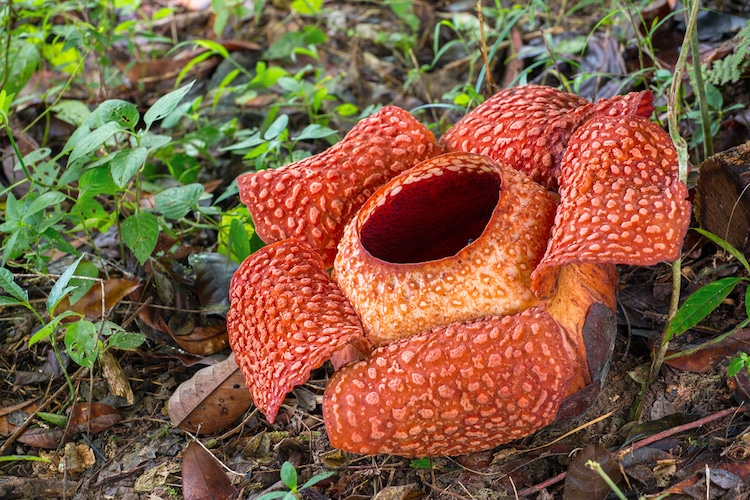
Another type of corpse flower, Amorphophallus titanum, can be found in botanical gardens around the world.


